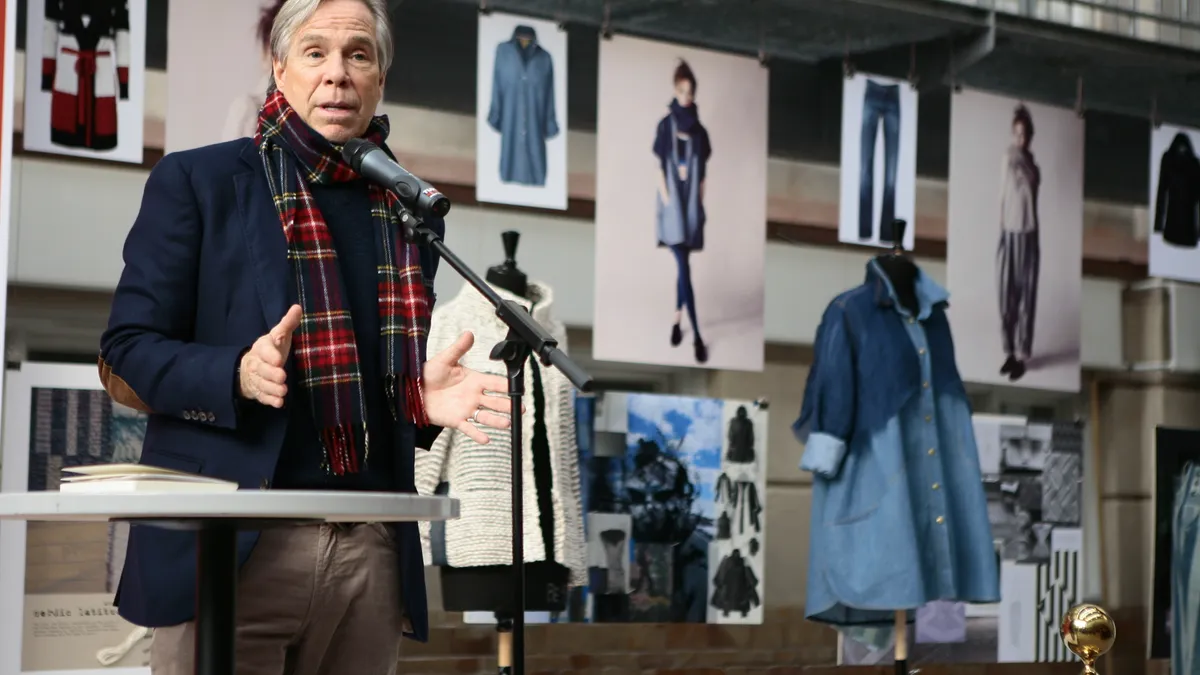Dive Brief:
-
Tommy Hilfiger is the latest fashion brand to speed up the time it takes for its latest fashion styles to be available for purchase, Business of Fashion reports.
-
Everything shown on the runway at the company’s two-day fashion event beginning on Friday at South Street Seaport in New York City will be instantly available on its website and at 300 Tommy Hilfiger stores worldwide. Tommy Hilfiger has been working on moving its manufacturing schedule to a “consumer schedule” and by the Feb. 2017 fashion shows, the brand’s spring/summer 2017 collection will also be immediately available in stores.
-
Hilfiger says that accomplishing the change was a matter of making the logistics work. “I’ve always believed in the democracy of fashion and I’ve always been super focused on the consumer," the designer told Business of Fashion. "This is a time when the consumer is really demanding what he or she wants, and when they want it. They want instant gratification. They don’t want to wait six months.”
Dive Insight:
With this move, Tommy Hilfiger is joining brands like Burberry, Tom Ford, Michael Kors, Thakoon Panichgul and Rebecca Minkoff which have also drastically reduced the time it takes to bring designs to market after fashion shows, disregarding high-end fashion traditions in a nod to consumer demand.
The alterations to this longstanding tradition come at a time when luxury retailers are struggling. The reasons are complex and diverse, from the strong dollar to self-inflicted wounds, like Michael Kors' dilution of its brand through discounts and outlet sales.
Shoppers no longer want to wait to be able to wear designs that were unveiled months ago, and they don’t want to encounter designs out of season, experts say. In fact, “season” has become somewhat notional as fashion has gone global, with various seasons happening at various times in the world at once.
Fast fashion, which copies runway styles and gets them into stores well before the name brands do, may have helped accelerate the change, Shelley E. Kohan, VP of retail consulting at store analytics firm RetailNext, told Retail Dive earlier this year. Consumers these days (especially younger ones) are simply less patient, she says.










